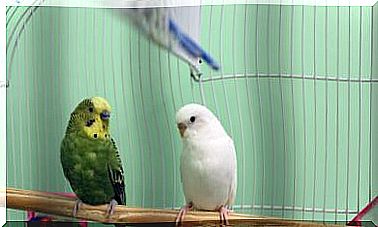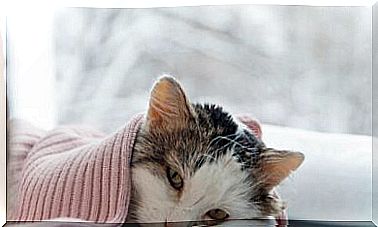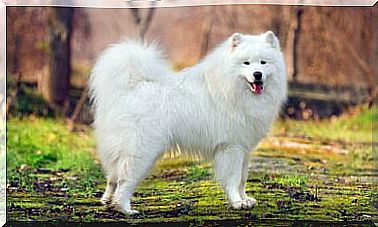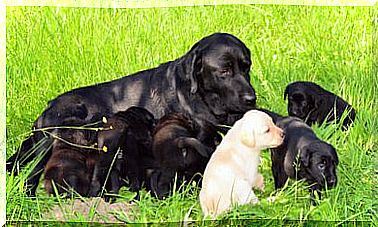The Importance Of Soil Invertebrates
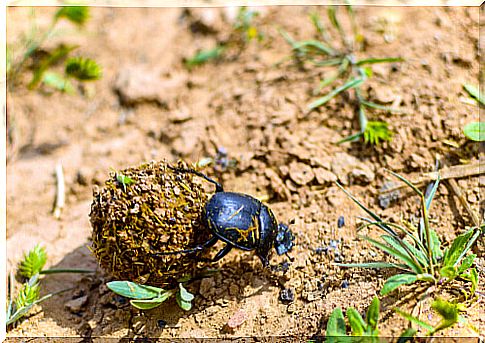
In nature, there are many biological cycles and processes that, although they go unnoticed in our eyes, are fundamental for the life of different ecosystems. Soil invertebrates, such as insects and arthropods, play a very important role in the decomposition of organic matter.
Why are soil invertebrates important?
Soil organisms intervene in fundamental processes for the sustainability of all the ecosystems of the planet. These living beings are the main agents of the cycle of nutrients, soil organic matter, carbon retention and the emission of greenhouse gases.
In addition, they modify the structure of the soil and its water regime, improving the quantity and efficiency of the plants to acquire nutrients through the roots.
These organisms include bacteria, fungi, protozoa, nematodes, and arthropods. Each group of organisms contributes in a different way to the dynamics of the soil and their number gives us an idea of the type of substrate in which we find ourselves.
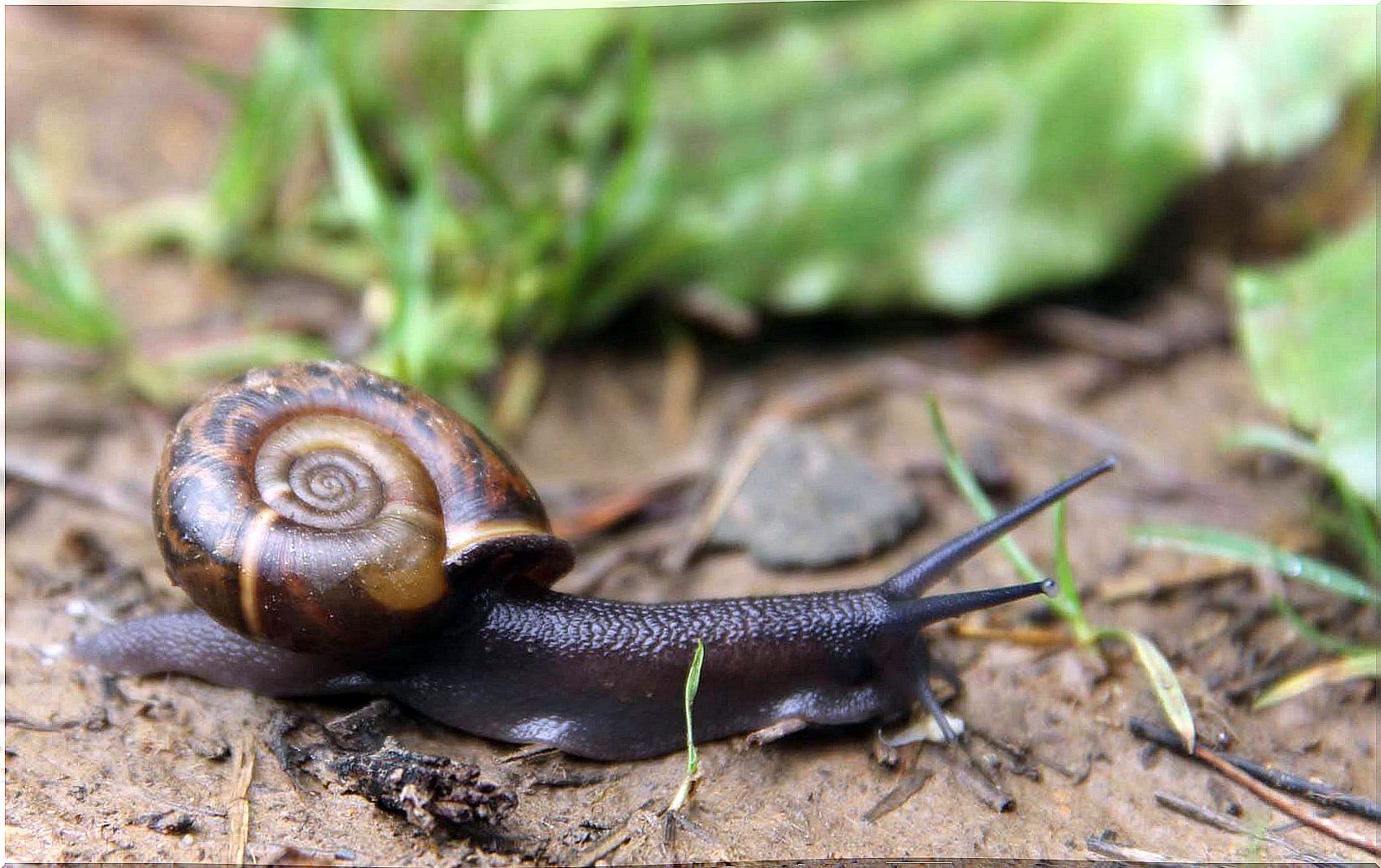
Invertebrates are part of the living components of the soil
The living part of the soil can be divided into microflora, microfauna, mesofauna and macrofauna. In all categories of fauna we can find the invertebrates of the soil.
The soil microfauna
They are organisms with a body width of less than 100 microns: nematodes, (small) mites and protozoa. Its function is to regulate the populations of bacteria and fungi and intervene in the recycling of nutrients.
These organisms live in free water and the films of water that cover soil particles. Nematodes are the most abundant invertebrates in many soils, as they are responsible for regulating microbial populations by feeding on them. They can also feed on roots or small prey including other nematodes.
The mesofauna
They are microarthropods (mites, collembola, small insects, spiders) and small worms. They have a body width between 100 microns and two millimeters. They are a very diverse group, with different functions in soil processes:
- They regulate the populations of fungi and microfauna by feeding on them.
- They fragment plant remains.
- They intervene in the recycling of nutrients.
- They change the structure of the soil, affecting the porosity and aggregation of the substrate through excavation and the production of fecal pellets .
The macrofauna
It is the largest group of organisms, between two and 20 millimeters. It is made up of ants, isopods, termites, centipedes, millipedes, other insects (both adults and larvae), worms, snails and slugs.
These large soil invertebrates move freely through it, burrowing and creating large pores. In their movement, they fractionate the matter, mix the mulch with the soil and build structures and galleries, adding particles. These modifications of the soil structure through the formation of pores and aggregates affect the infiltration and aeration rate.
During their life cycle, soil invertebrates affect many processes, improving the decomposition of organic matter and its availability to plant roots.
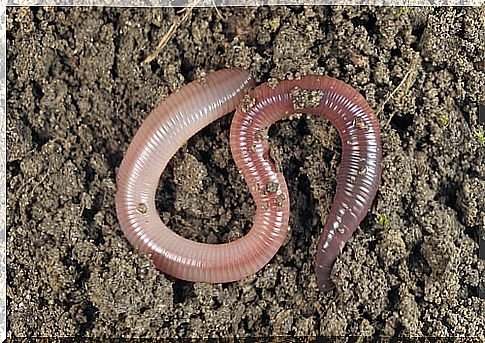
A practical example of how these animals favor decomposition would be the following:
An intact pine needle is approximately six centimeters long and 180 mm 2 in surface, once cut by a worm it can be attacked by mites and later by nematodes. With this, the initial surface of the needle is multiplied by 10,000, increasing the amount that can be decomposed.
In this way, the macrofauna promotes plant growth, improves water distribution and reduces environmental pollution.
Small heroes
Dead matter is reintroduced into the nutrient cycle thanks to the action of these small living beings. Thanks to this decomposition, both mechanical and chemical, plants are able to reuse materials that without their action would be useless.
Each animal, regardless of its size or appearance, plays an essential role in the ecosystem that it inhabits. Therefore, respecting all living beings equally is a must.



